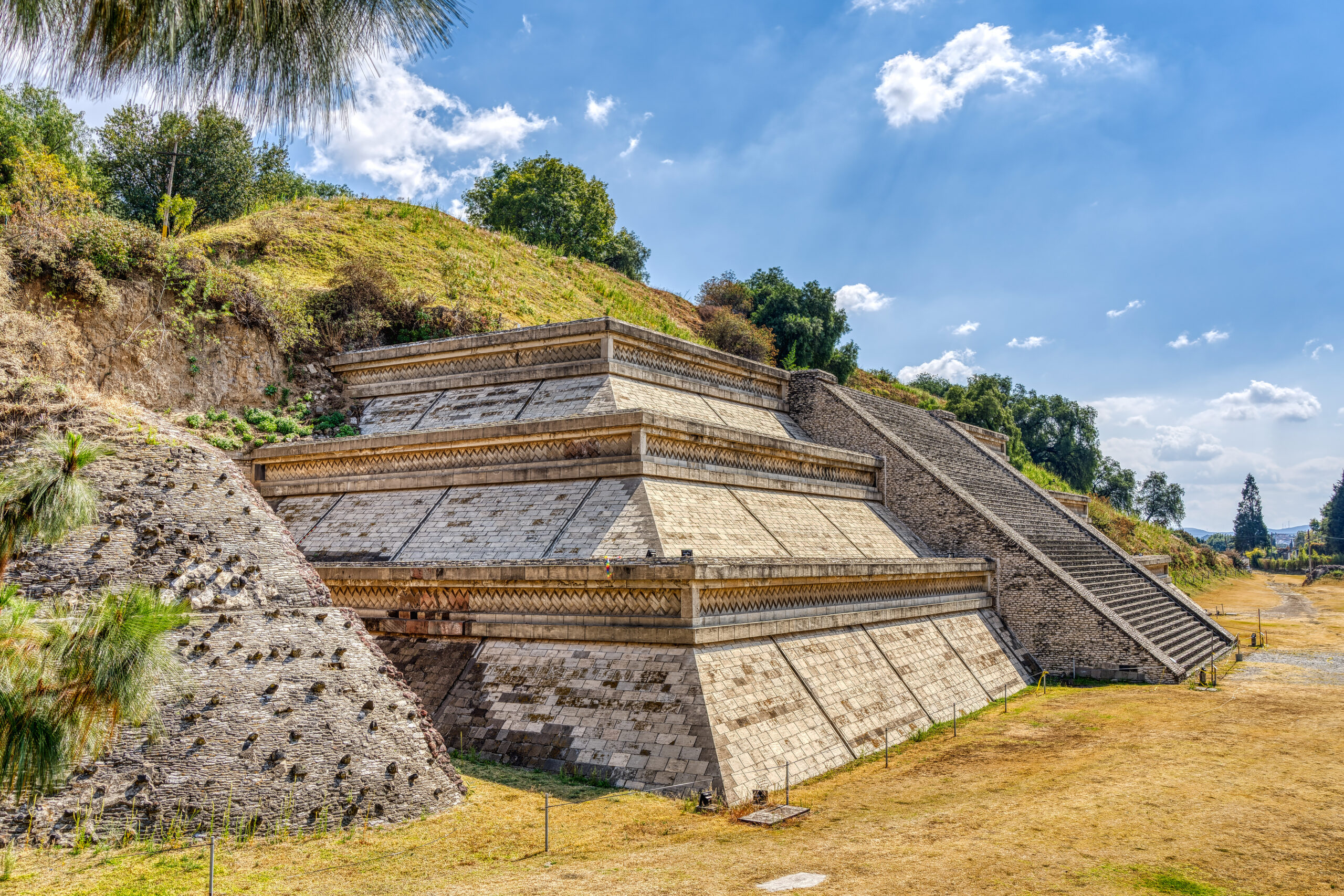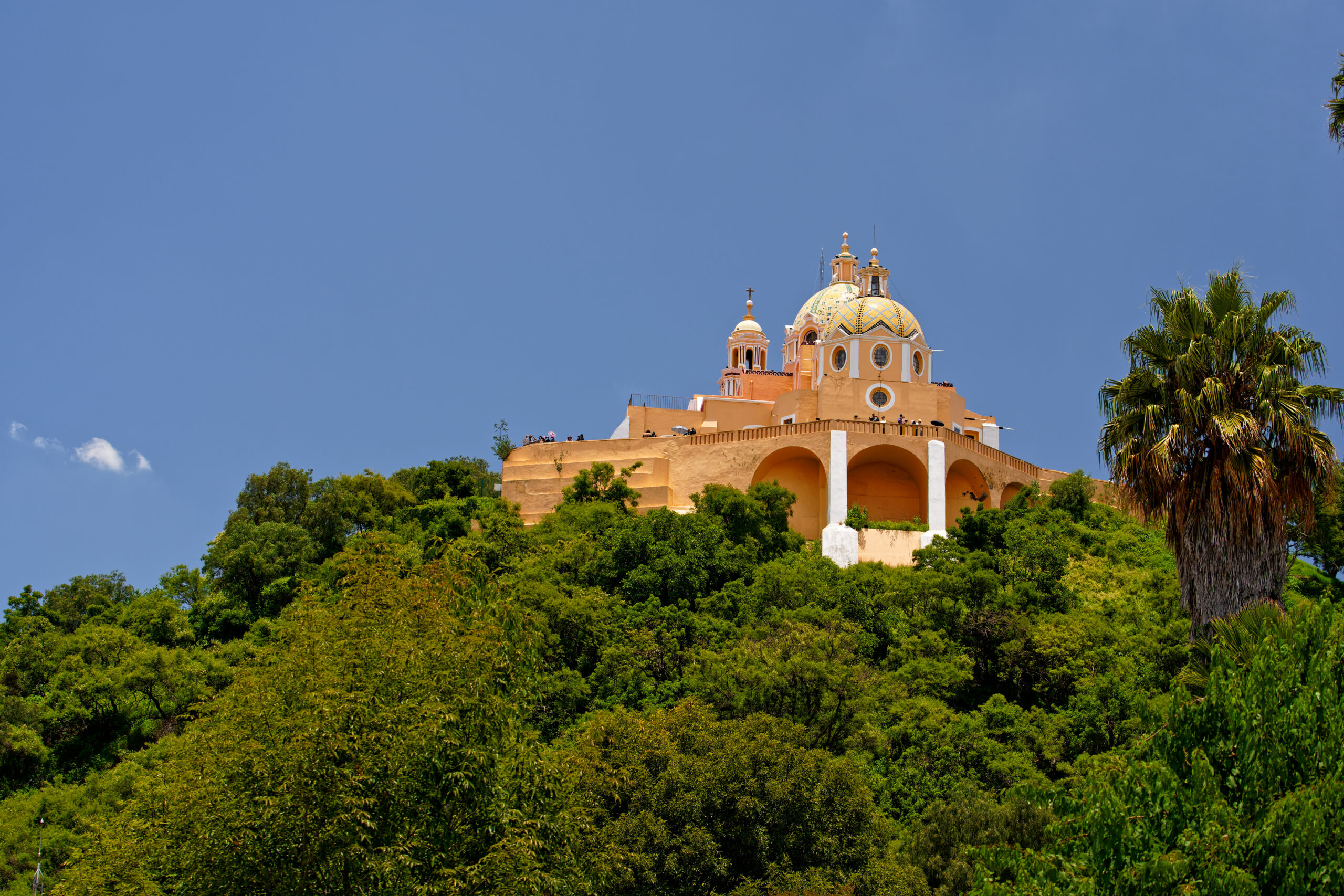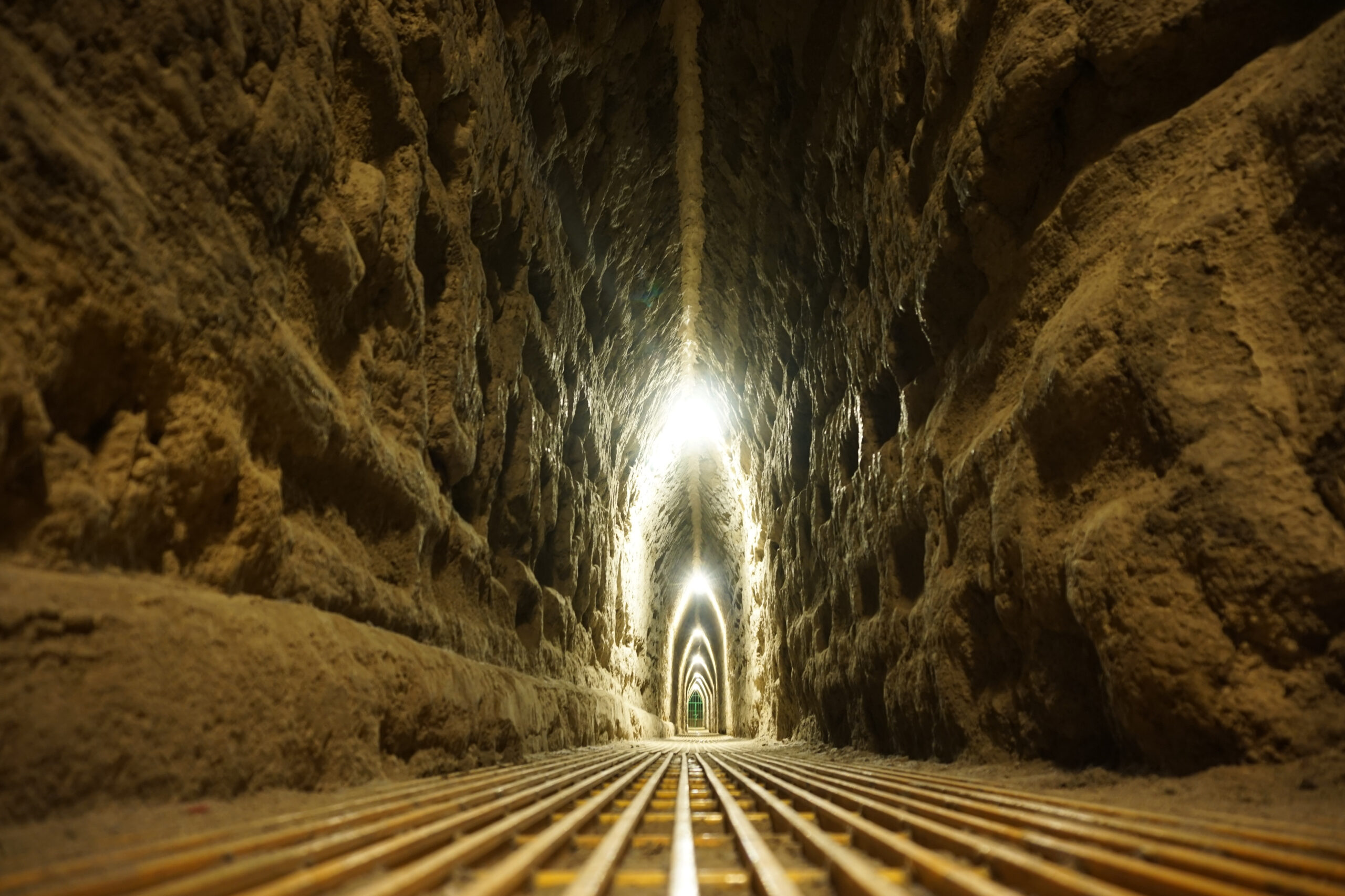
The Great Pyramid of Cholula, located in the Mexican state of Puebla, is the largest-known pyramid in the world by volume. Locally known as Tlachihualtepetl, meaning “artificial mountain”, this vast structure measures approximately 4.45 million cubic metres, surpassing even the Great Pyramid of Giza in mass. (Green Matters)
The pyramid’s construction began around 200 BCE, continuing in successive phases until it’s completion in the 9th Century CE. Primarily using abode bricks – a mixture of sun-dried mud and organic materials – the structure showcases the talud-tabelro architectural style, characterised by sloping walls supporting rectangular panels. (Discover Magazine)
The pyramid was a religious site, dedicated to Quetzalcoatl, the feathered serpent deity highly regarded Mesoamerican mythology. Excavations have unveiled over 400 human burials around the pyramid, many of which accompanied by offerings such as ceramics and tools. These findings suggest the site’s significance in ritualistic practices, including ceremonies and possibly sacrificial rites. (HeritageDaily).
Despite it’s colossal size, the shape of the pyramid combined with overgrown vegitation led early Spanish invaders to mistake the pyramid for a natural hill, and thus built the Church of Nuestra Senora de los Remedios atop of it between 1574 and 1575. The church stands as a symbol of the imposition of Catholicism over indigenous beliefs, which was common practice during this time.


Lying beneath the pyramid is an extensive network of tunnels that stretch approximately 8km. Excavated since the 1930’s, these passageways have revealed multiple construction layers, each representing different periods of history along with their cultural influences, highlighting the pyramid’s role in Mesoamerican society (Caravan Tours)
One of the most remarkable artistic discoveries made at the site is that of the Mural of Drinkers, a 56-metre long fresco depicting a communal pulque-drinking ceremony. This mural dates back over 1,400 years and offers a detailed and vivid portrayal of social and religious life in ancient Cholula. (HistoricalMX)
Today, the Great Pyramid of Cholula faces environmental challenges from factors such as erosion and urban development. A collaborative effort across multiple disciplines is taking place with focus on mitigating damage, promoting sustainable tourism, and fostering community engagement in heritage conservation (Al Jazeera)

- Temperature
- Precipitation
- Rain Chance
- Wind
- Humidity
- Pressure